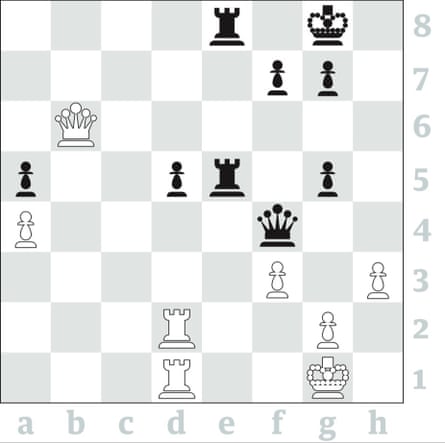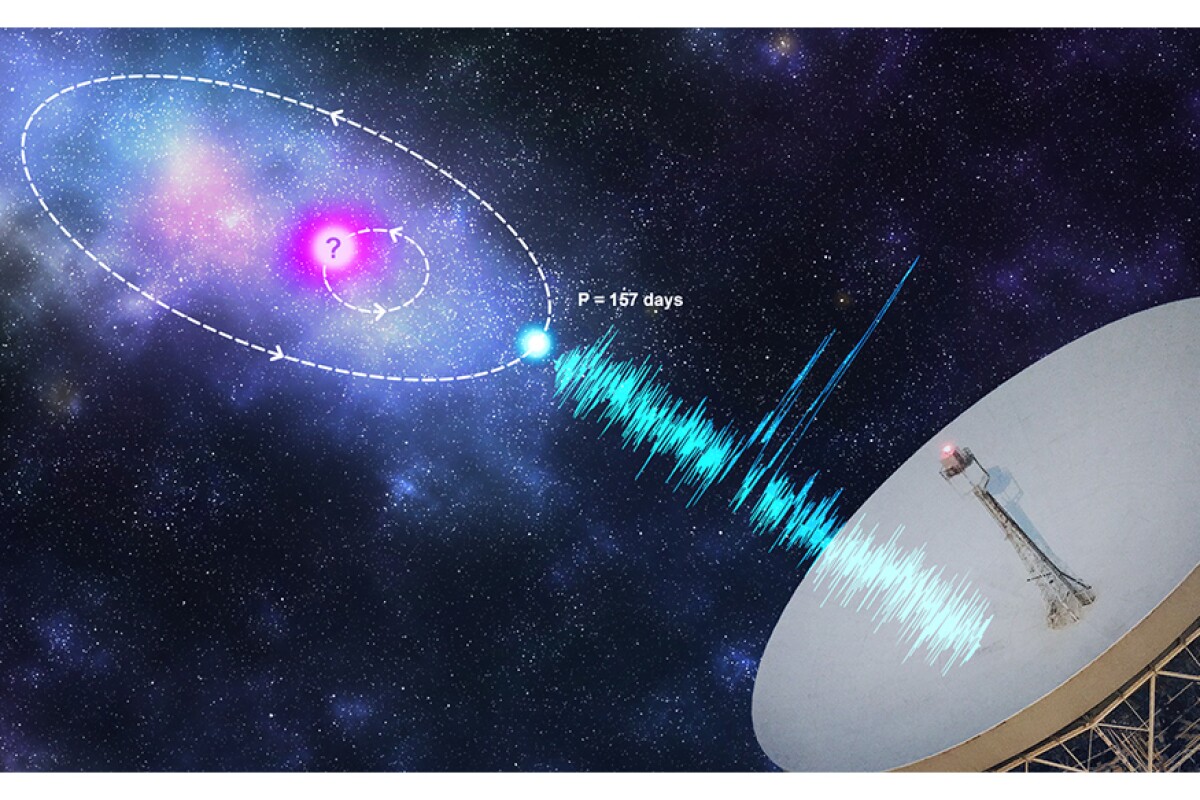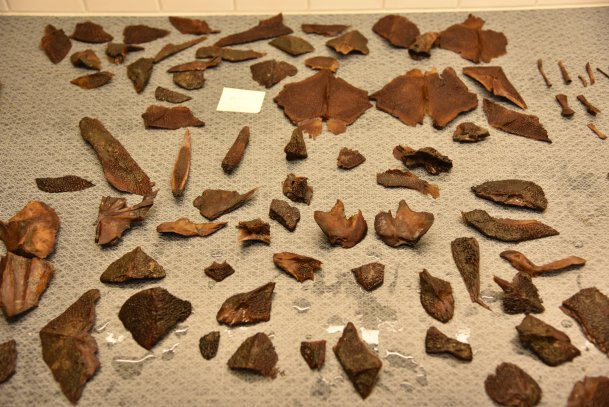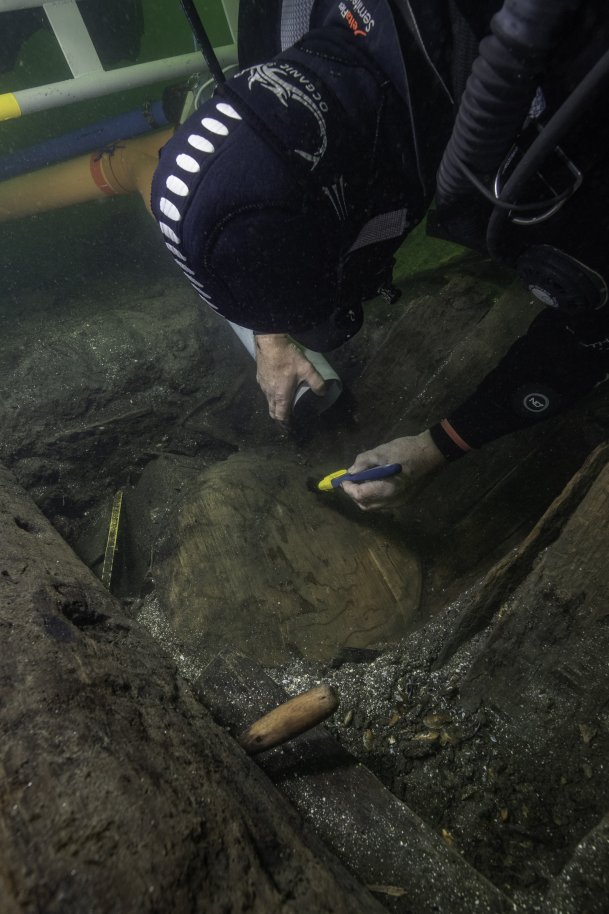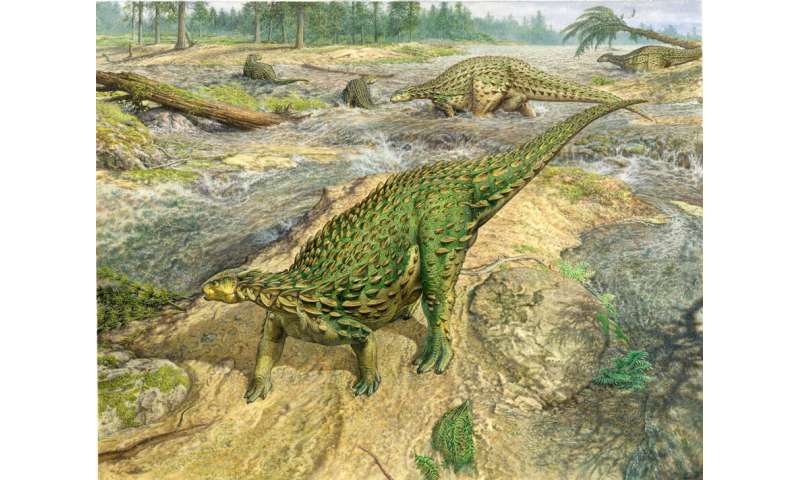by André Schulz
8/27/2020 –
A new chess film will be released soon: Critical Thinking. The film tells the story of the Miami Jackson High School chess team, which was the first inner city team to win the US National Chess Championship despite incredible adversity, motivated by a dedicated teacher. It was directed by John Leguizamo.
.jpeg)
Based on a true story
John Leguizamo was born July 22, 1964, in Bogotá, Colombia, to Luz and Alberto Leguizamo. He was four when his family emigrated to the United States. He was raised in Queens, New York, attended New York University and studied under legendary acting coach Lee Strasberg for only one day before Strasberg passed away. The extroverted Leguizamo started working the comedy club circuit in New York and first appeared in front of the cameras in an episode of Miami Vice (1984).
In 1998, he made his Broadway debut in John Leguizamo: Freak, a “demi-semi-quasi-pseudo-autobiographical” one-man show, which was filmed for HBO by Spike Lee.
Excerpt from “Freak

Fast-talking and feisty-looking John Leguizamo has continued to impress film audiences with his versatility: he can play sensitive and naive young men, such as Johnny in Hangin' with the Homeboys (1991); cold-blooded killers like Benny Blanco in Carlito's Way (1993); a heroic Army Green Beret, stopping aerial terrorists in Executive Decision (1996); and drag queen Chi-Chi Rodriguez in To Wong Foo Thanks for Everything, Julie Newmar (1995). Arguably, not since ill-fated actor and comedian Freddie Prinze starred in the smash TV series Chico and the Man (1974) has a youthful Latino personality had such a powerful impact on critics and fans alike.
John Leguizamo makes his directorial feature film debut with a story that hits close to his heart. Set in 1998, Critical Thinking tells the true story of Cuban-American teacher Mario Martinez and his national championship winning chess team at Miami Jackson High School.
The school is hardly supported and the team has to manage without adequate financial support. Nevertheless, the team participates in the municipal school championships hoping to perhaps qualify to the US National School Chess Championship. The students come mostly from socially disadvantaged families, but are passionately motivated by dedicated teacher Mario Martinez, played by John Leguizamo himself. On the way to success, the team has to break with numerous conventions.
Let endgame expert Dr Karsten Müller show and explain the finesses of the world champions. Although they had different styles each and every one of them played the endgame exceptionally well, so take the opportunity to enjoy and learn from some of the best endgames in the history of chess.
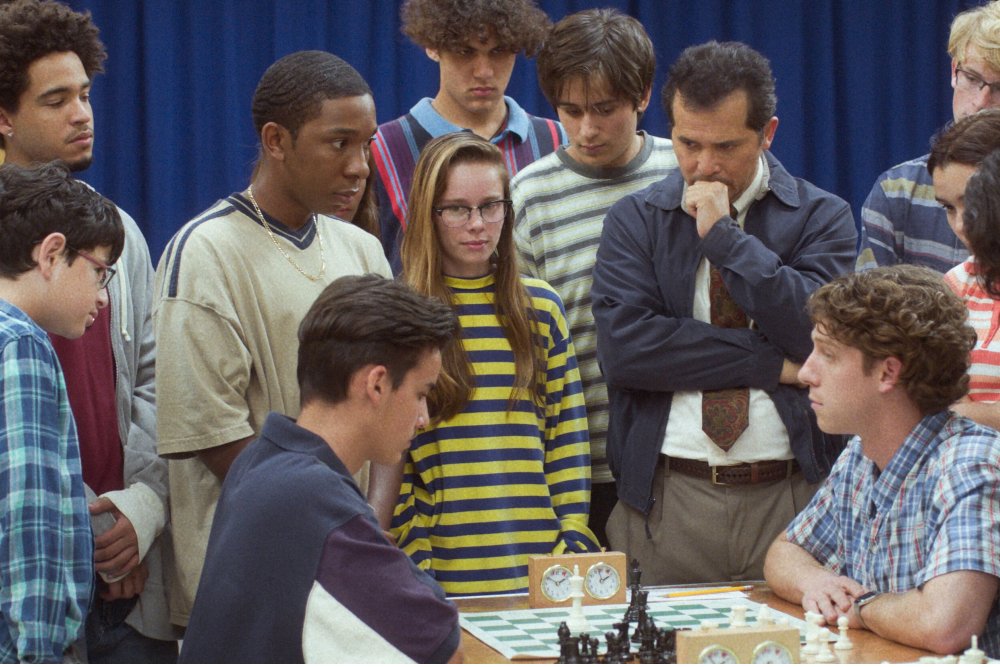
Mario Martinez, played by John Leguizamo
The film is based on a true story and takes place in 1998. The people on which the story was based were involved in the production of the film as consultants.
 André SchulzAndré Schulz started working for ChessBase in 1991 and is an editor of ChessBase News.
André SchulzAndré Schulz started working for ChessBase in 1991 and is an editor of ChessBase News.